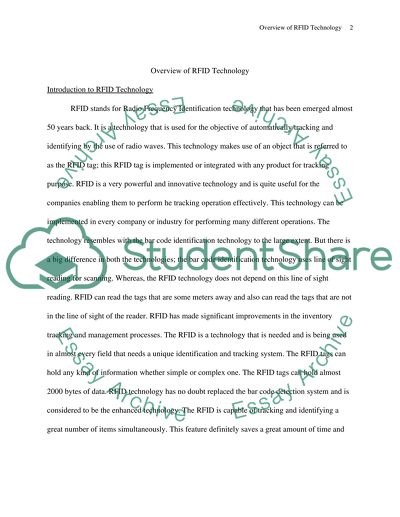Cite this document
(“Radio Frequency Identification Technology Essay”, n.d.)
Retrieved from https://studentshare.org/miscellaneous/1533262-radio-frequency-identification-technology
Retrieved from https://studentshare.org/miscellaneous/1533262-radio-frequency-identification-technology
(Radio Frequency Identification Technology Essay)
https://studentshare.org/miscellaneous/1533262-radio-frequency-identification-technology.
https://studentshare.org/miscellaneous/1533262-radio-frequency-identification-technology.
“Radio Frequency Identification Technology Essay”, n.d. https://studentshare.org/miscellaneous/1533262-radio-frequency-identification-technology.


